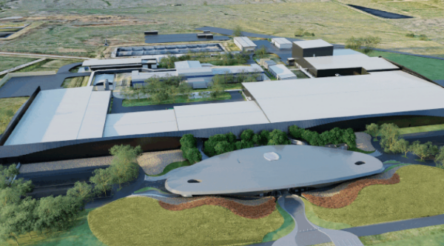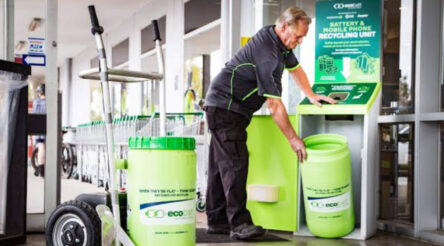Australia’s niche champions — targeting tomorrow’s niches
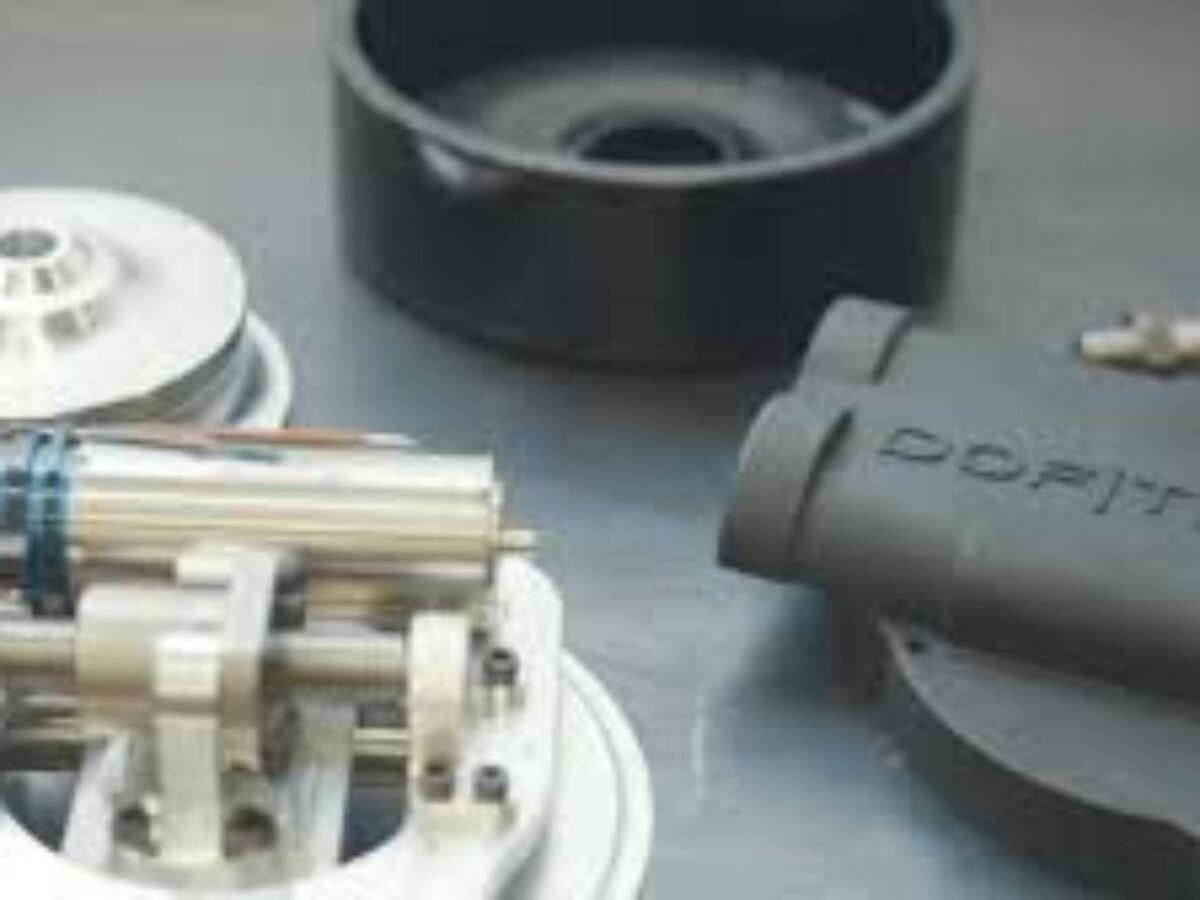
In the second day of @AuManufacturing’s Australia’s niche champions series, we speak to inventors and others about finding their place in the world. What can be learned from their efforts to bring game-changing ideas to market from Australia? By Brent Balinski.
There are many Australian manufacturers that are world-class or even world-leading in their market. You can probably name a few such quiet achievers. We arguably need many more.
According to UTS Emeritus Professor of Business, Roy Green, who has regularly written and spoken about Australian “micro-multinationals”, they tend to share a “deep commitment to research and innovation, a high-skill, engaged workforce and a clear understanding of their current market, however specialised, and an ability to identify new ones.”
Such companies operate within the global value chains of multinationals, with a “smart specialisation” approach that matches a long-term trend away from localised, vertically-integrated manufacturing.
Green adds that they not only develop their own technologies and skills, but are also able to absorb technologies from elsewhere, “particularly through collaboration with research organisations in innovation ecosystems.”
A future candidate for this description is startup BLT (Bone Ligament Tendon), founded by orthopaedic surgeon Dr Nick Hartnell.
Surgeons lack good tendon replacement options, says Hartnell. Synthetic versions exploded in popularity a decade ago before a rash of failures. Transplants from elsewhere on a patient (or from a donor) have their issues. And tissue banks can’t keep up with demand which sees 15,000 ACL operations annually in Australia alone.
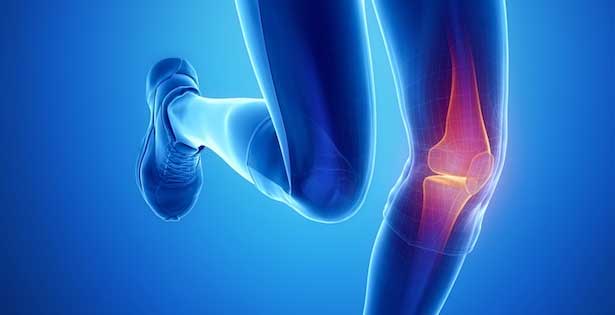
“Medicine’s a great field to kind of be in if you’re looking for a global niche, because we’re all humans, aren’t we?” – Dr Nick Hartnell, founder of BLT.
(picture: IMCRC)
BLT is in an Innovative Manufacturing CRC-supported project with University of Sydney and Allegra Orthopaedics to test the efficacy of Hartnell’s invention, a treated kangaroo ligament xenograft product, which he plans to sell as an off-the-shelf kit solution along with 3D printed biodegradable screws.
Hartnell describes arriving in a niche with massive potential globally as pure serendipity.
“Medicine’s a great field to be in if you’re looking for a global niche, because we’re all humans, aren’t we?” he tells @AuManufacturing.
“We’ve all got similar problems and the same anatomy, no matter where you live: the same problems, whether that be a heart valve or a knee ligament.”
(This series will feature an article on Hartnell’s work on Friday.)
Being realistic about what you can do alone
Dr Greg Roger is another inventor working in surgery, and heads medical device development and commercialisation firm Vestech. He has brought roughly 50 products to market, and nominates the RCI screw and procedure (sold to Smith & Nephew) and the Active Total Knee Replacement as commercialisation highlights.
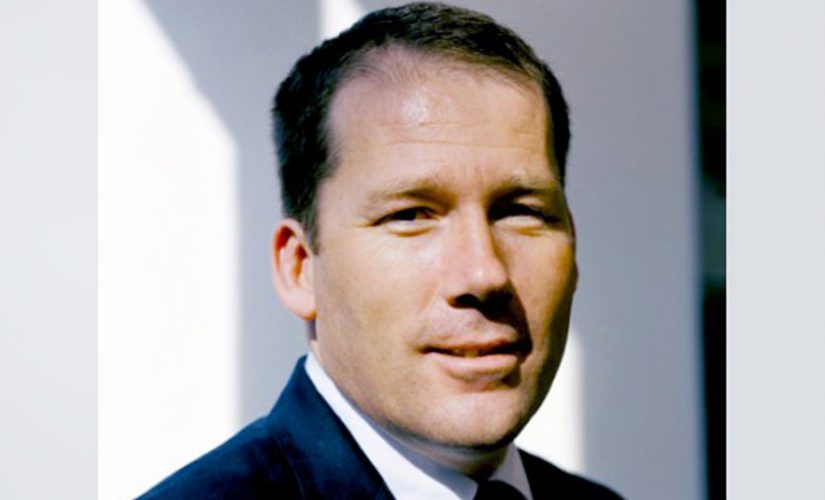
Nobody likes change except the inventor, says inventor Dr Greg Roger.
(Picture: Vestech)
He says that targeting an unmet need in medtech is exciting, but you have to be prepared for a lot of resistance and to produce a lot of proof at the regulatory level, particularly if the invention means significant change from the medical community.
“One of the key things to remember is that nobody — nobody — likes change, except the inventor,” he tells @AuManufacturing.
Sometimes that attractive niche solution means more resources than you can possibly muster yourself, and it might be best to try and aim towards becoming a good target acquisition for a company with the experience and wherewithal to take your idea to market.
“And I think that that mind shift is really hard to do as an inventor, because you sort of feel you want to take it out there yourself, and you want to go to your own child’s graduation and have their grandchildren on your knee,” he offers.
“In fact, you may have to adopt them out at the age of five.”
This was roughly the case for Dr Geoff Rogers in 2017.
IntelliWire is a surgical guidewire, two human hairs in width and robotically-steered through blood vessels in heart disease surgery. After selling his invention — which earned Rogers a Prime Minister’s Prize for Science in 2018 — and company to Nasdaq-listed Merit Medical Systems, Rogers has focussed on projects including the world’s first active wheel alignment system.
His company Doftek is developing and commercialising a system that can retrofit to car suspension, with support from an Advanced Manufacturing Growth Centre grant. The wheel alignment product changes camber, toe and castor, to improve handling, fuel economy and tyre life. The first version has three different settings, with work underway on a second version that will adjust alignment in real-time in response to driving conditions.
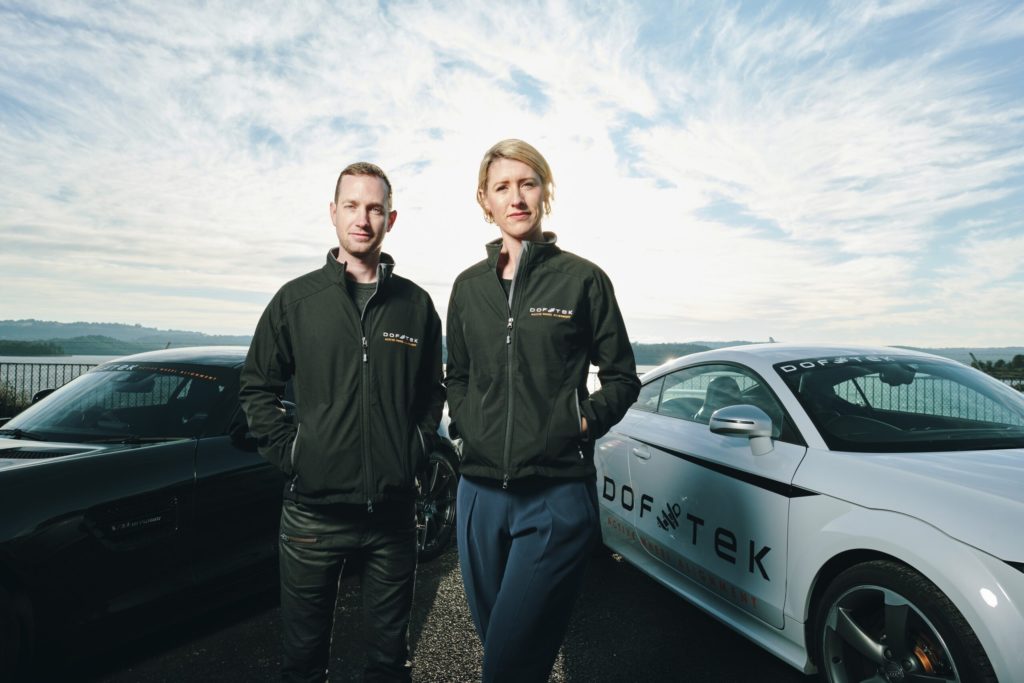
Geoff and Priscilla Rogers, co-founders of Doftek
(Picture supplied)
Rogers says that at the very early stage, finding a niche worth tackling means identifying a problem, and identifying whether or not others agree it is a problem worth solving.
“The best ideas generally address an important problem that has the potential to positively impact the lives of many people, and has a straightforward value proposition (e.g. with this solution, your car will be X% more efficient),” he tells us.
Second and third steps involve asking what the solution is. There are questions of, “Will it fully address the problem? How much benefit will it provide the end-user? What’s the technical difficulty level (i.e. is it likely we can develop it?)” After that, it’s a matter of deciding whether it’s something you’re passionate enough about to pursue properly.
There are globally-relevant automotive manufacturers in Australia — such as one-piece composite wheel manufacturer Carbon Revolution, cooling specialist PWR Performance Products, and Bosch Australia’s diode operation — but the lack of local car assembly adds an extra degree of difficulty.
“The senior people who used to work for the Australian carmakers and had strong international relationships have dispersed, either to overseas posts or into other industries, making it really difficult to connect at a local level as well,” says Rogers.
“On the flip-side, if there is an advantage to all this it’s that the local automotive parts sector continues to be strong, and the winding back of local carmaking has in some respects strengthened the sense of community among the companies we have here. At least that’s been our experience as a relative newcomer to the Australian automotive sector.”
Smarter procurement means more opportunities
Another perspective on the issue of Australian niche players comes from Planet Innovation co-founder and CEO Stuart Elliott.
PI is a prosperous product development and commercialisation business, focussing on health tech and with a particular emphasis on diagnostic equipment. It is also a part of the Grey Innovation-led consortium delivering 2,000 ventilators to the federal stockpile.
“There’s no problem with what we can make, the problem is what gets ordered,” he tells us, referring to the celebrated efforts of Australian companies during the Covid-19 pandemic.
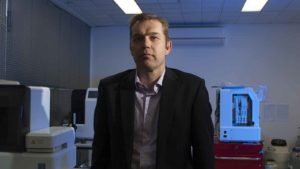
“There’s no problem with what we can make, the problem is what gets ordered,” believes Stuart Elliott.
“There’s been no directive given to the procurement to look for local at all… in medical.”
According to Elliott, there is an important cohort of products that a country wouldn’t want to be without if borders and supply chains shut up, as we were reminded this year. Ordering such critical items locally through the healthcare system would ensure the capacity would be there when needed.
“Procurement… builds long-term sustainable capability. And then companies like ours build on that,” he says.
“How do you identify a niche is you get good at something, and if you’ve got an order — whether it’s ventilators or defibrillators or whatever, once you’re building them, you’ve just entered a niche. And you’ve got expertise, and then if the company is well run, and most companies are, then they will identify export opportunities on the back of that niche expertise. In time.”
Featured picture: Doftek
@AuManufacturing’s Australia’s niche champions series is brought to you with the support of the Innovative Manufacturing Cooperative Research Centre, and SMC Corporation.


Subscribe to our free @AuManufacturing newsletter here.
@aumanufacturing Sections
Analysis and Commentary Awards Defence Manufacturing News Podcast Technology Videos







